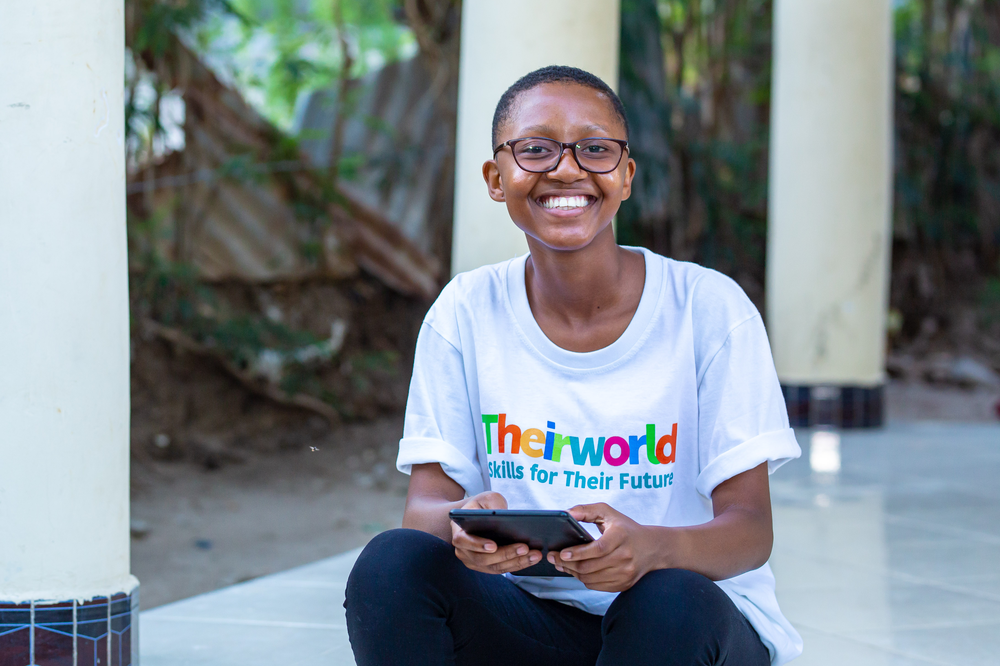
How many primary schools have electricity, clean water or accessible facilities?
Barriers to education, Health and nutrition, Technology and education
Poor conditions can prevent children from attending and learning - so these statistics from the UN spotlight the challenges in many countries.
Jump to
- How many primary schools have electricity?
- How many primary schools have internet access?
- How many children have access to computers at primary school?
- How many primary schools have adapted facilities for children with disabilities?
- How many primary schools have clean drinking water?
- How many schools have single-sex toilets?
- How many schools have basic handwashing facilities?
Most of us expect that our children will go to primary schools where they have great facilities like the latest books, computers and play equipment.
But in many parts of the world schools are struggling to provide even the basic needs of electricity, clean drinking water and disabled access.
“Classroom conditions are key in providing a quality education for all,” said the United Nations agency UNESCO.
“For children who struggle to enrol in school – for example due to poverty or discrimination on the grounds of gender or disability – poor school conditions can further undermine their chances of a quality education.”
Theirworld’s #WriteTheWrong campaign highlights the fact that over 260 million children are out of school, including 64 million of primary school age. That means one in five children don’t have access to an education and are left vulnerable to poverty, abuse, slavery and human trafficking.
But many millions more who are enrolled in school are dropping out or not learning because of poor educational facilities and other issues.
This all adds up to huge numbers of children around the world will be denied a quality education, the opportunity to fulfil their potential and the tools needed for them, their families and communities to break out of poverty.
Data from the UNESCO Institute for Statistics (UIS) explores what percentage of primary schools in countries and global regions have:
- Electricity
- Internet
- Computers
- Adapted infrastructure and materials for students with disabilities
- Clean drinking water
- Single-sex toilets
- Basic handwashing facilities
Their News has examined the UIS statistics from 2016 and 2017 – rounding percentages up or down to the nearest whole number. Please note that in every category data is not available from all countries – and this varies in each category.
How many primary schools have electricity?
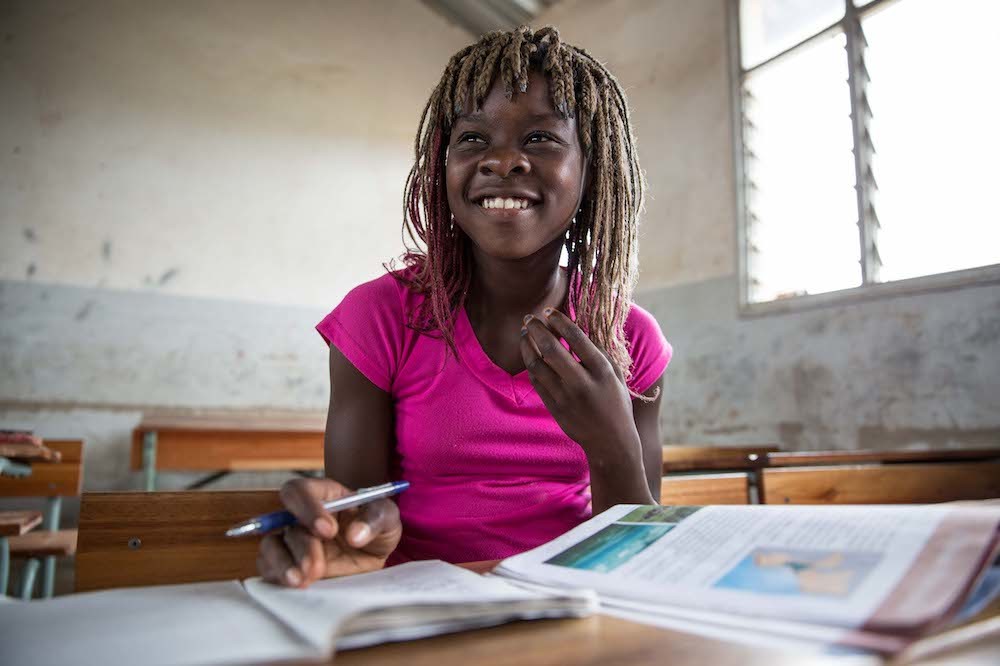
UNESCO says…
“Worldwide, an average of 69% of primary schools have power, falling to an average of around 34% for least developed countries.”
Worst 10 countries
Sierra Leone 4%, Niger 5%, Burundi 9%, Madagascar 9%, Mali 16%, Burkina Faso 18%, Afghanistan 21%, Malawi 24%, Togo 24%, Cameroon 25%.
Other key stats
Myanmar 27%, India 49%, sub-Saharan Africa 35%, South Asia 51%, Latin America and Caribbean 86%.
How many primary schools have internet access?
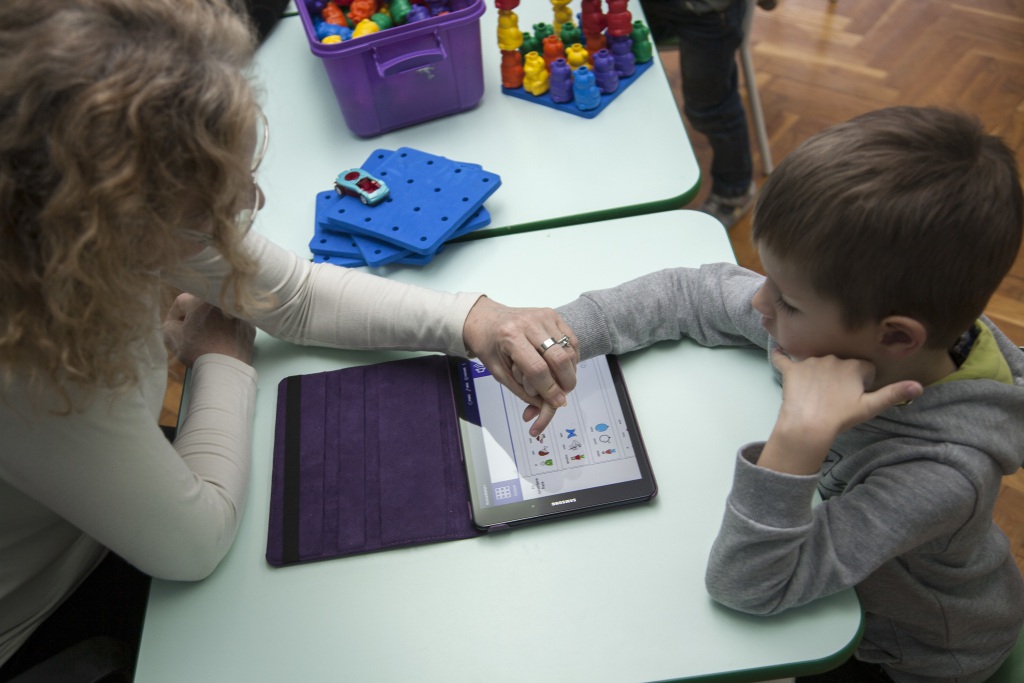
UNESCO says…
“Internet access in primary schools stands at just over 46% (2016) worldwide, falling to about 16% for LDC (least developed countries), in stark contrast to the average for Northern America of more than 99%.”
Worst 10 countries
Myanmar 0%, Sierra Leone 0%, Angola 3%, Bangladesh 4%, Paraguay 5%, Zambia 6%, Comoros 8%, Guam 9%, Senegal 9%, Rwanda 10%.
Other key stats
Many Latin American countries have poor access – Honduras 16%, Costa Rica 22%, Dominican Republic 23%, Peru 38%.
Kyrgyzstan has 42% access while neighbouring Uzbekistan has 90%.
How many children have access to computers at primary school?
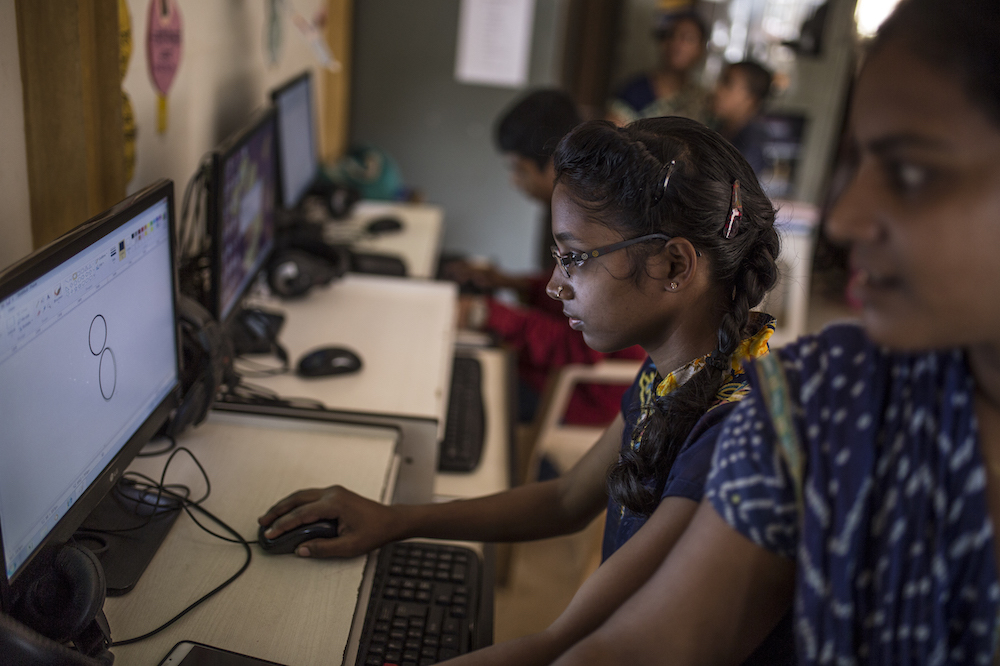
UNESCO says…
“The global average is around 48% but hide an ever-widening and global digital divide, with entire populations of children missing out on tools that are not only vital but also seen as commonplace elsewhere.”
Worst 10 countries
Liberia 0%, Myanmar 1%, Niger 2%, Paraguay 5%, Angola 7%, India 10%, Guatemala 12%, Sudan 13%, Mauritania 14%, Eswatini 15%.
Other key stats
Bangladesh 18%, Sr Lanka 35%, Argentina 62%. Least developed countries 23%.
How many primary schools have adapted facilities for children with disabilities?
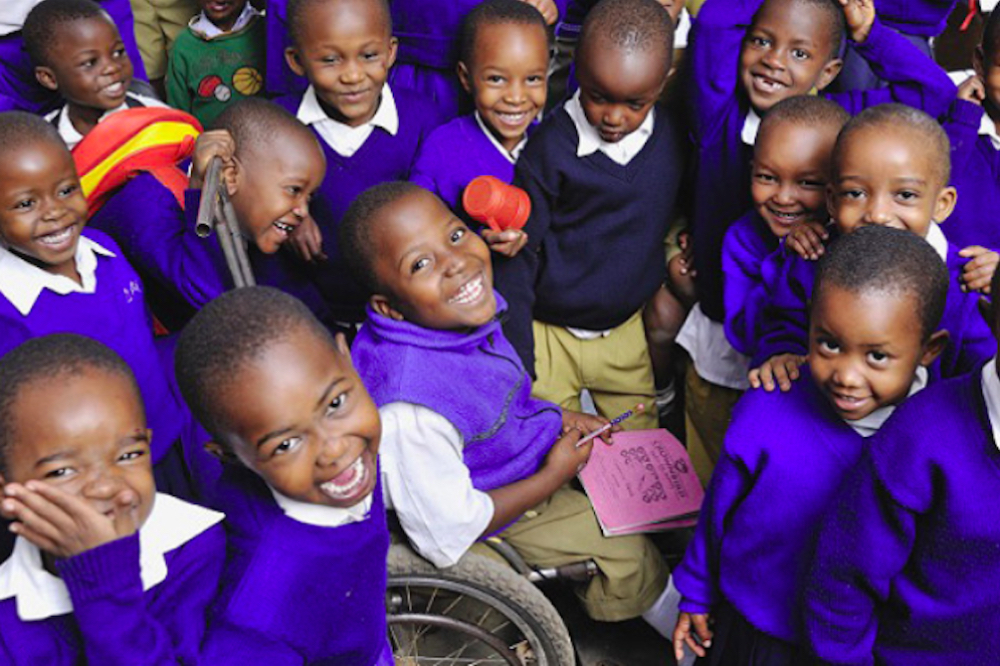
UNESCO says…
“In general, such adaptations are limited. The rates vary considerably among some 40 countries with available data.”
Worst 10 countries
Liberia 0%, Dominica 2%, Burkina Faso 2%, Cook Islands 4%, Kazakhstan 4%, Zambia 4%, Honduras 5%, Sierra Leone 5%, Seychelles 7%, Uzbekistan 13%.
Other key stats
Malaysia 14%, Morocco 17%.
How many primary schools have clean drinking water?
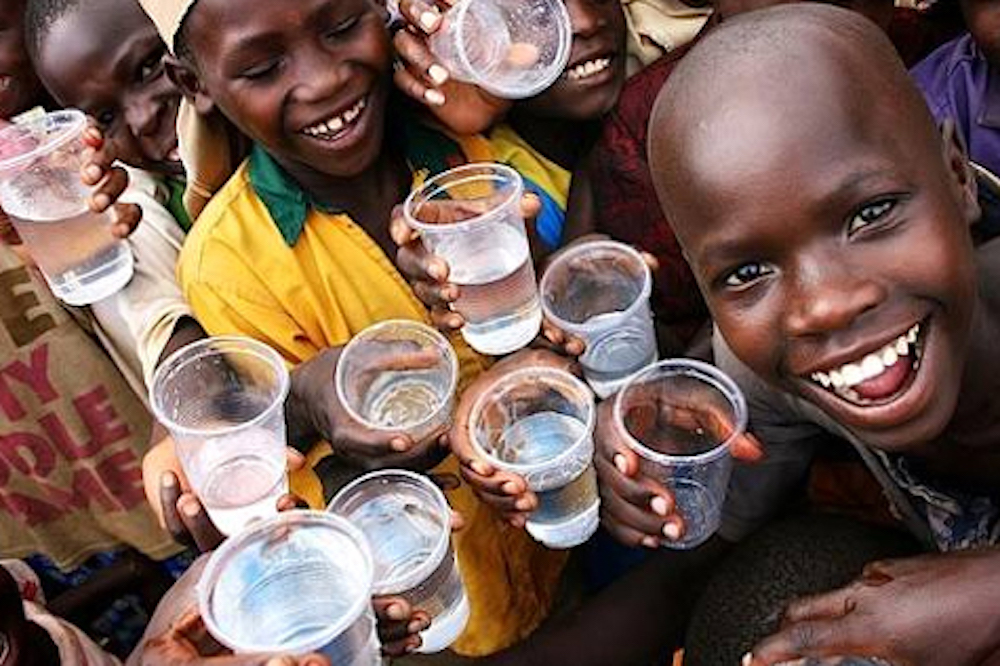
UNESCO says…
“While many of the countries that provide data report rates of 100%, the global average stands at 79%, constrained by the far lower averages for least developed countries (59%) and countries in sub-Saharan Africa (44% in 2016).”
Worst 10 countries
Niger 17%, Togo 20%, Cameroon 34%, Mauritania 37%, Burundi 38%, Cote d’Ivoire 43%, Rwanda 45%, Sierra Leone 52%, Senegal 53%, Indonesia 58%.
Other key stats
Peru 60%, Morocco 73%.
How many schools have single-sex toilets?
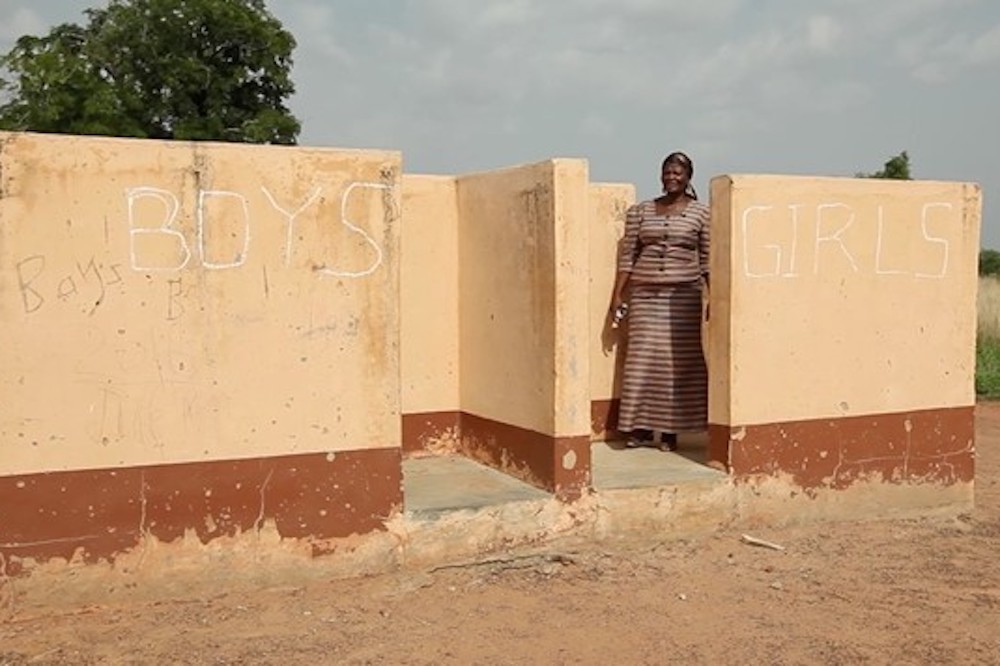
UNESCO says…
“The global average of primary schools with single-sex toilets stands at around 82%, falling to 57% for least developed countries.”
Worst 10 countries
Senegal 9%, Eritrea 27%, Afghanistan 31%, Niger 34%, Burundi 35%, Cameroon 39%, Timor-Leste 45%, Sierra Leone 47%, Seychelles 47%, Sao Tome and Principe 72%.
Other key stats
East Asia and Pacific region 74%.
How many schools have basic handwashing facilities?
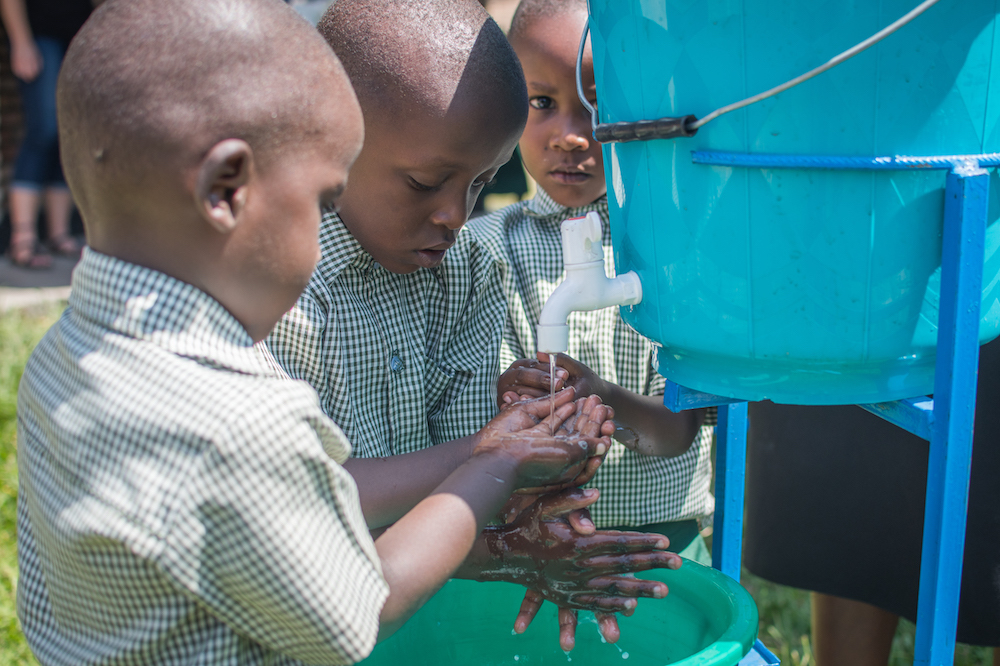
UNESCO says…
“Globally, 66% of primary schools have handwashing facilities but the average in LDCs is 43% and rates are very low in some countries.”
Worst 10 countries
Eritrea 3%, Afghanistan 4%, Niger 20%, Senegal 24%, Malawi 28%, Burkina Faso 30%, Burundi 30%, Cote d’Ivoire 31%, Uganda 41%, India 51%.
Other key stats
Southern Asia region 46%, Myanmar 52%, Indonesia 55%.
More news

